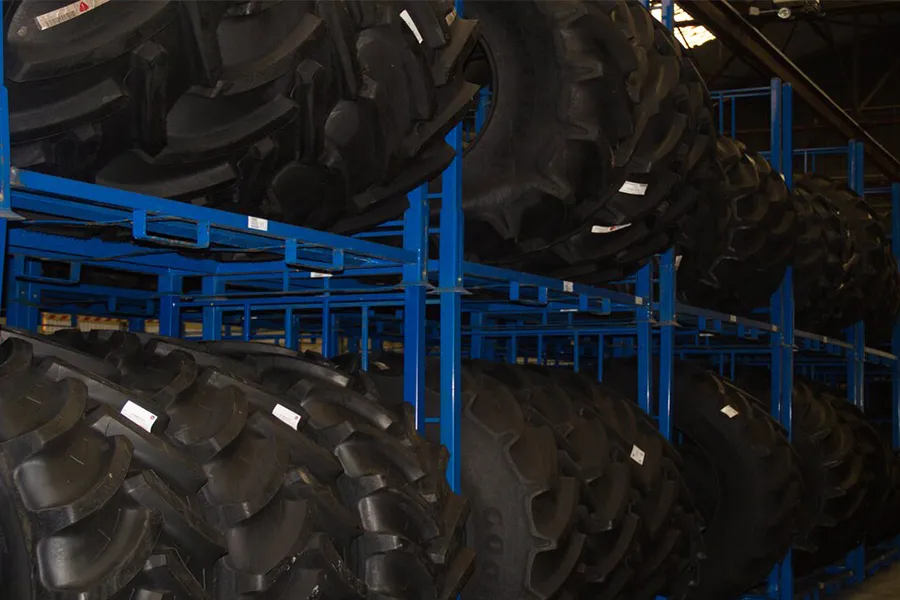Continental’s Steve Howat responds to Commercial Tyre Business’ tyre maintenance questions
Continental focuses on keeping tyres safe

Safety should be everyone’s first concern but all too often the simplest of checks get overlooked by operators due to time constraints, over-familiarity or perhaps just plain lack of care. So, we asked, how often should tyres be inspected for pressure and damage?
Howat responds; “In reality, a visual inspection should be conducted as part of the driver’s daily walk-around. Although precise pressures will not be taken, a tyre with low pressure should be easily detectable through the excessive deflection in the sidewall. Any significant damage, e.g. cuts deep enough to expose the plies or bulges, or tears, should also be detected during this walkaround.
“If the fleet doesn’t have this process in place, as an absolute minimum, the tyres should be inspected for pressure monthly or at the same inspection frequency as declared on the operator’s licence.”
We have all seen the debris at the side of the motorway, we have all heard the road reports on the radio about a truck getting a wheel changed causing delays. Can this be prevented? What are the warning signs of imminent tyre failure?
“If an inherent issue has developed due to ply exposure allowing moisture into the steel tread plies, it can potentially lead to the start of ply separation,” says Howat. “This will be felt as a vibration if this issue is on a steer tyre. An issue related to an instantaneous rupture in the sidewall of the tyre, sometimes known as a zipper failure, can be heard as a creaking or popping sound some moments prior to the rupture occurring.”
Howat adds that a robust tyre management system should be applied regardless of the operation, as a matter of course. It does not matter what the load, the route, nor the road condition. Tyres must be maintained properly for safe and efficient operation.
Punctures do happen so the next question then is, if a tyre needs repairing, what are the criteria to ensure that the repair is legal, and carried out effectively?
Howat responds; “It is vital that any repair is undertaken by a trained operative. All tyre repairs should follow the recommendations listed within BS AU 159g:2013. Tyres with major repairs conforming to the British Standard must be marked by the repair agent, radially in line with each repair, and at a point just above the area covered by the rim flange. The marking must be permanently legible with the number of the British Standard, i.e. BS AU 159g:2013.”
It may appear to be an obvious answer, but we asked the question nonetheless;: What are the benefits of proper tyre maintenance?
“Correct tyre inflation pressure maintenance is extremely important, not only from a performance and safety perspective, but also from a tyre life point of view. Correct tyre pressures also produce the best ride and handling of the vehicle,” says Howat.
“Underinflated tyres can seriously reduce tyre life and increase fuel consumption. For instance, a tyre that is underinflated by 20% can reduce the tyre’s mileage potential by 25%, and increase fuel consumption by up to 3%. Regular tyre checks for potential damage can also reduce the chances of a tyre failure whilst in operation, and can reduce the possibility of failed deliveries and expensive roadside tyre replacement costs. Additionally, it can help avoid potential legal violations, such as breaches of C & U regulations, which could affect a vehicle operator’s licence.”








